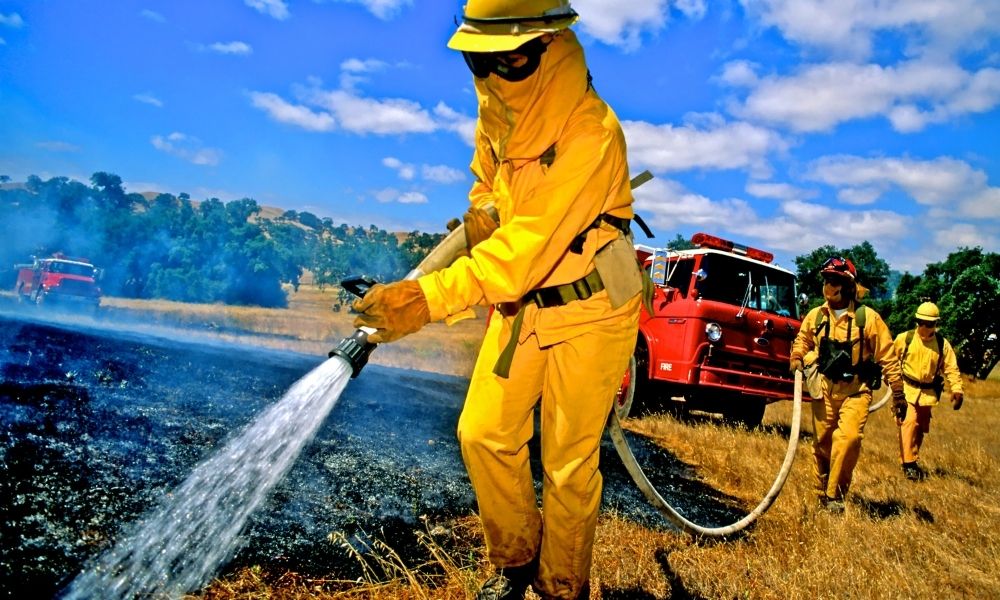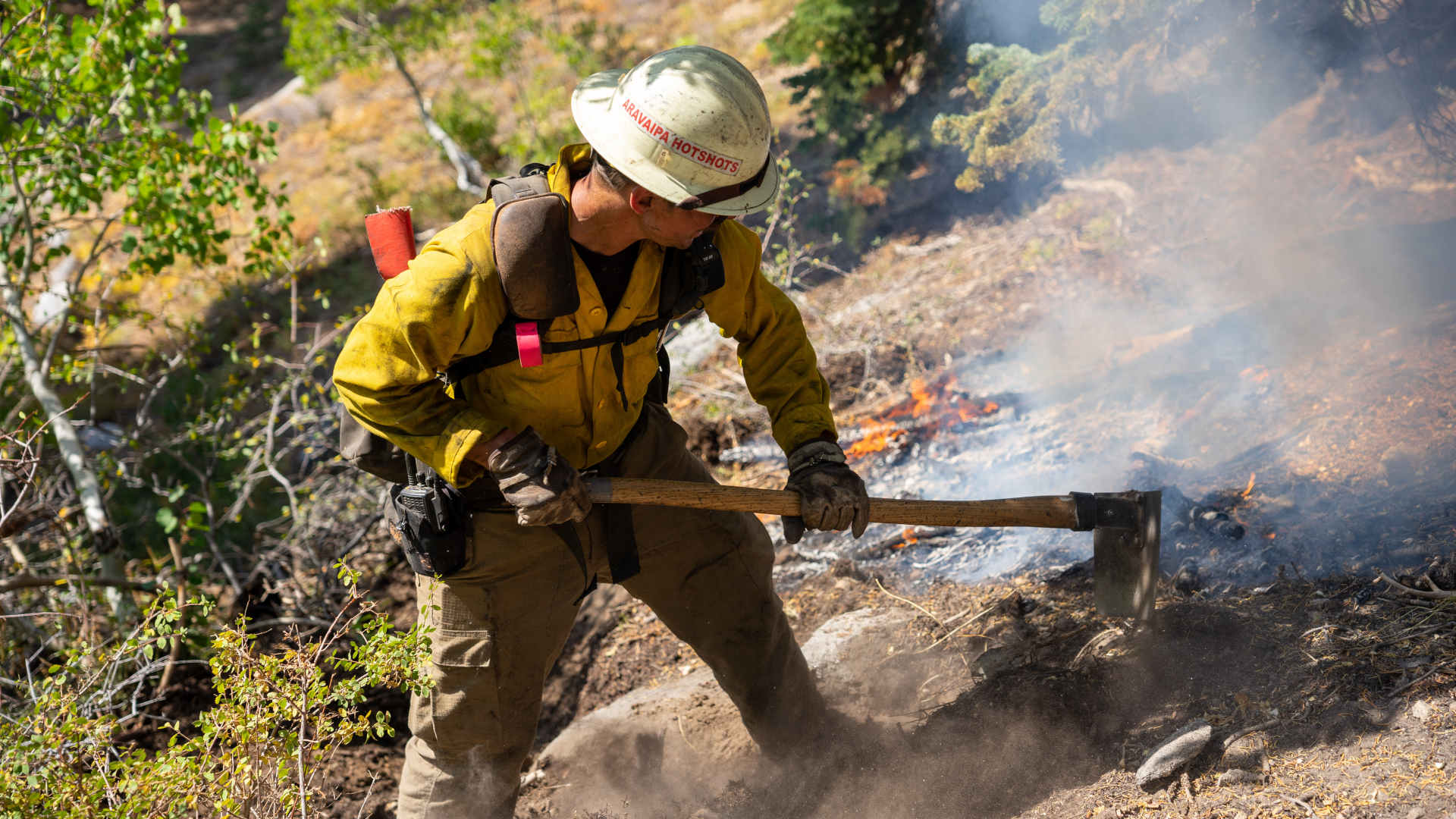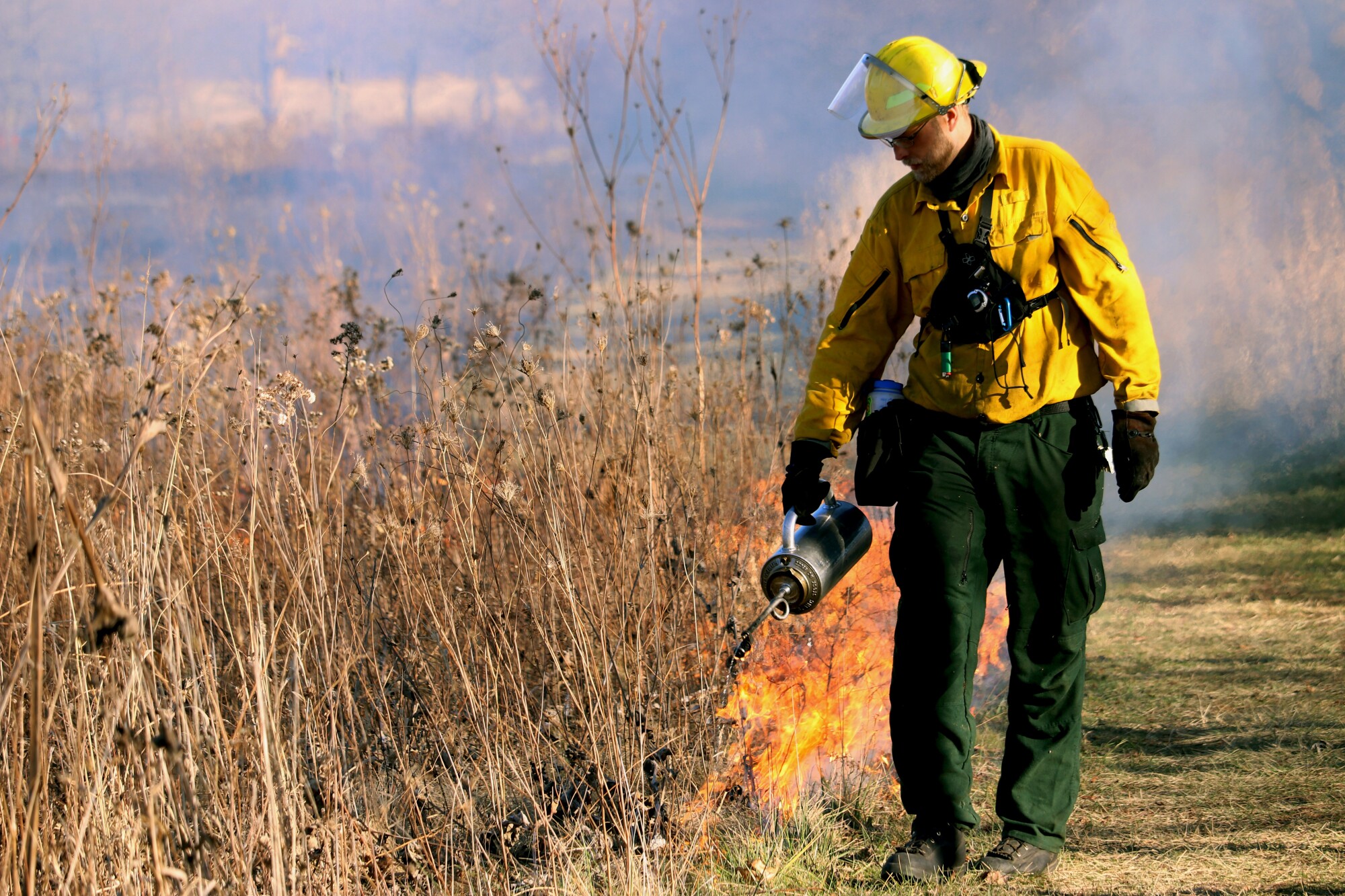
Roles and Responsibilities of Wildland Safety Services
Leave your thoughtsWildland Safety Services
The 2023 wildfire season is officially the most destructive in history. According to the British Columbia Wildfire Service (BCWS), 2,217 fires have been observed this year, burning nearly 25,000 square kilometers of trees, bush, and grassland. That’s why local and international organizations, as well as volunteers, carry out a variety of responsibilities to help populations affected by wildfires. Their brave men and women in wildland safety services work diligently to prevent, manage, and control wildfires.
Duties of Wildland Safety Services
In the face of the increasing threat of wildfires worldwide, wildland fire services play a crucial role in minimizing the disastrous loss. These courageous individuals put their lives on the line to safeguard the well-being of others. Below are some of the important roles they perform:
1. Preventing Fire from Outbreaking
They work diligently to reduce the risk of wildfires by creating firebreaks and clearing areas where vegetation is at risk of catching fire to slow the progress of wildfires. Additionally, defensible spaces are established around homes and structures, making them less vulnerable to fire.
Wildland safety services establish building codes and regulations in fire-prone areas in collaboration with local governments and private owners. For example, regulations may require that roofing materials be Class A fire-rated, indicating that they are highly resistant to fire. Similarly, non-combustible siding materials, such as fiber cement or metal, are installed to prevent fire from spreading to the structure.
2. Stopping Fire from Spreading
When wildfires break out, wildland fire services are on the front lines, working tirelessly to put them out. Wildland firefighters are trained specifically to fight wildfires. They use a variety of tools, such as hoses, fire shelters, and controlled burns, to contain and extinguish the flames.
Controlled or prescribed burns are deliberately started to create a controlled, burnable area, which often serves as a barrier to keep a wildfire from spreading further. By limiting the amount of fuel available, this tactic gives firefighters control over the direction of the fire.
3. Incident Command and Coordination
Firstly, they appoint an incident commander responsible for overall coordination, ensuring that resources are used efficiently and firefighting efforts are well-organized. Moreover, wildland safety services manage and deploy various resources, including personnel, equipment, and aircraft, to where they are most needed.

They also coordinate evacuations if a wildfire breaks out to ensure the safety of residents and wildlife in the affected areas. This includes directing traffic, providing information about evacuation routes, and forming temporary shelters. Moreover, they provide regular updates to the public, including information about fire size, containment progress, and safety recommendations.
4. Rehabilitating the Area
After a wildfire is extinguished, they work on rehabilitation efforts to recover the forest. Due to the loss of vegetation and the formation of a water-repellent layer on the soil’s surface, wildfires can expose the soil to erosion. Rain can cause erosion, which can wash away topsoil and contribute to sedimentation in bodies of water.
To stop erosion, wildfire safety services can put in silt fences and wattles (wood or straw tubes) to stabilize the soil and lessen silt runoff. In hilly or sloped areas, terracing and contouring techniques are used to slow down water flow and prevent it from causing excessive erosion.
5. Training the Fighters
Wildland safety services thoroughly train their members before deploying them to the incident scene. These training programs teach students about wildfire behavior, including how fires start, spread, and react to environmental factors. Most importantly, it teaches different firefighting techniques, such as creating firebreaks, conducting controlled burns, and using tactics to contain and extinguish wildfires.
Wildland firefighters are trained to use specialized firefighting equipment such as hoses, pumps, chainsaws, hand tools, and communication devices. It also covers safety protocols, including using personal protective equipment (PPE) such as fire-resistant clothing, helmets, gloves, and refugee camps.
6. Research for Developing Better Strategies
Wildland safety services conduct controlled burn experiments in collaboration with researchers and experts to better understand how fires behave in different conditions and landscapes. These controlled burns are carried out under controlled conditions, allowing scientists to observe how fires spread, react to various fuels, and respond to weather, humidity, and topography changes.
Data from controlled burns can be used to create predictive models for wildfire behavior. These models assist incident commanders in making informed decisions during actual wildfires, allowing them to allocate resources effectively.

Wrap Up
Wildfire safety services work tirelessly to protect people and the environment from the devastation caused by wildfires. Their roles and responsibilities include prevention, response, training, and research, making them essential to preserve natural resources.
For more information and assistance with wildland safety services, fill out the TRINITI Fire Life & Safety form here. We aim to keep you safe and protect our neighborhood against wildfire threats.
